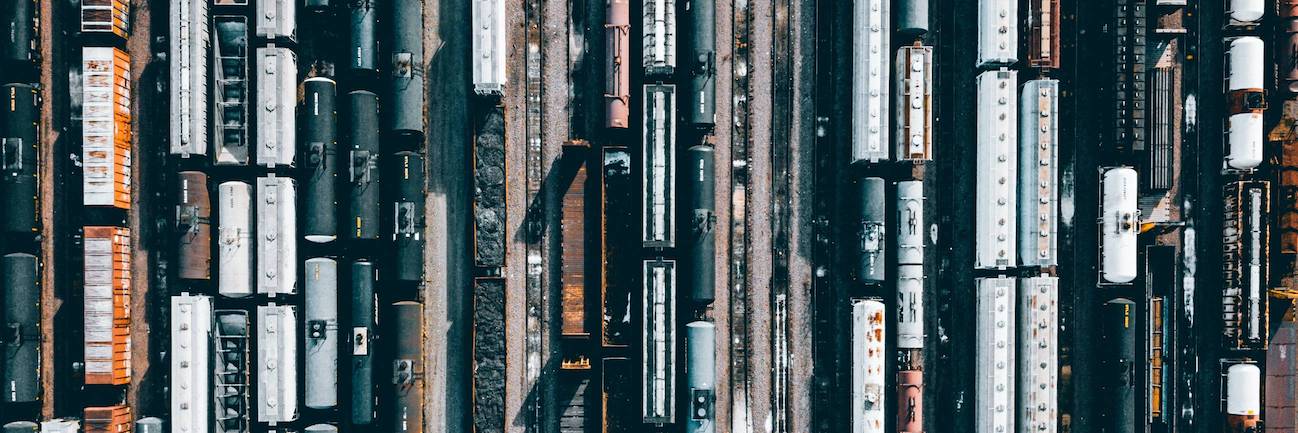
With its Belt and Road initiative, China has invested a lot of money in infrastructure projects in many countries. Now the EU is setting a strong geopolitical counterweight with its rival project Global Gateway. The EU wants to invest 300 billion euros in emerging and developing countries for environmental protection, health, energy, and transport. The project should on the one hand be able to meet local needs and on the other address global challenges, says EU Commission President Ursula von der Leyen. This is a new strategic approach to investment. Unlike China, the EU wants to involve the private sector in financing. The countries in which investments are made should have a trustworthy partner in the EU. Van der Leyen emphasizes that Global Gateway should give the EU countries a competitive advantage.
How realistic is this plan in view of China’s enormous efforts? The European response differs in two main respects, explains Ralph Ossa: “First, in terms of investment volume. The Chinese plan is about three times larger than the European one. The second major difference lies in the investment priorities. The Chinese are investing primarily in transportation infrastructure. The Europeans are focusing differently, for example on digitalization.” According to Ossa, the EU can offer a valuable alternative with its program for those countries that have had no choice but to cooperate with the Chinese because they urgently need the infrastructure projects.
